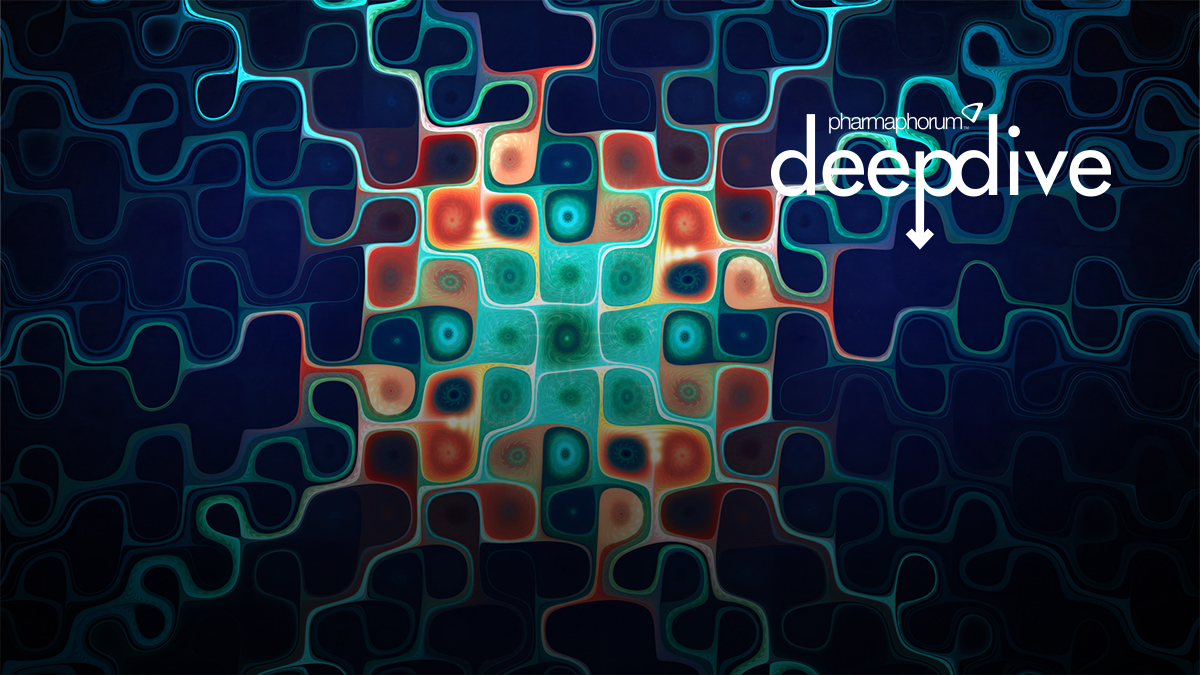Seeing double: the rise of digital twins in life sciences

Little more than a decade ago, the concept of digital twins in life science research may have sounded more like science fiction than a viable model for research and development (R&D). However, with COVID-19 rapidly accelerating the adoption of digital technologies, the industry is warming to the concept of digitally aided biology.
Digital twins are a prominent figure in this movement, having already made their mark improving operations in the manufacturing sector.
So, what exactly is a digital twin? According to IBM, the technology allows users to develop an exact virtual replica of a physical entity or process. Connected sensors collect data from the physical asset that can be incorporated into the digital model. In other industries, this could mean creating a complex digital model of an electricity grid or spacecraft and using data to inform test scenarios to identify potential issues.
In life sciences, the use of digital twins is still in its infancy. However, as digitisation takes centre stage, companies are beginning to warm up to innovative new concepts.
• Read the full article in pharmaphorum's Deep Dive digital magazine













